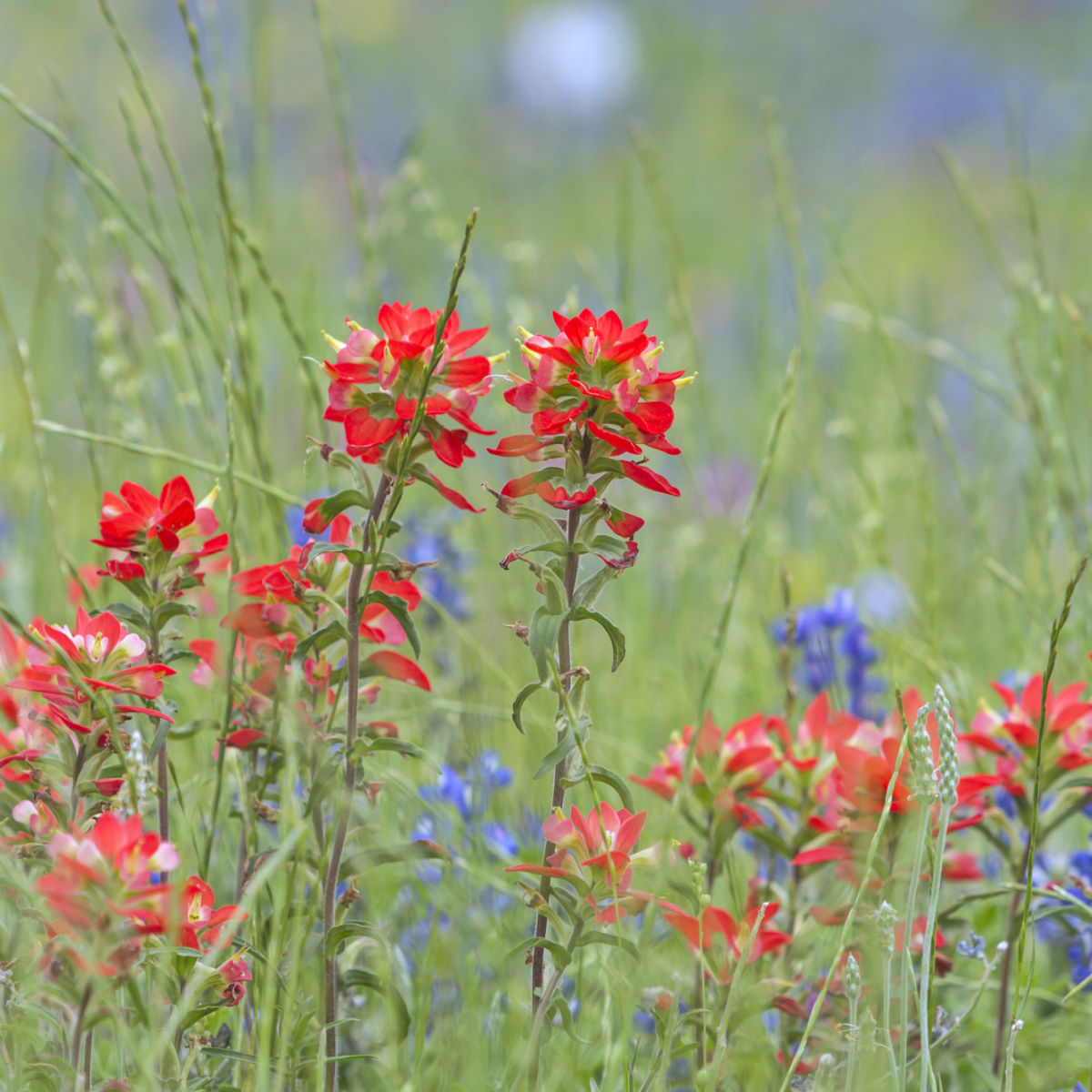Epsom Salt in Horticulture: What Plants Don't Like Epsom Salt and Just How to Change
Epsom Salt in Horticulture: What Plants Don't Like Epsom Salt and Just How to Change
Blog Article
Find Out About the Certain Plants That Are Adversely Affected by Epsom Salt Application
Epsom salt, a preferred household treatment for various gardening woes, is typically commended for its helpful effects on plant development. Not all plants react favorably to its application. Understanding the particular plants that can be negatively impacted by Epsom salt is important for any gardener seeking to maximize their plant treatment regimen. Roses, tomatoes, azaleas, peppers, and rhododendrons are simply a couple of instances of plants that might not react well to Epsom salt. The factors behind these unfavorable results and just how to minimize them are important understanding for maintaining a flourishing garden.
Roses

Roses, especially conscious adjustments in their atmosphere, can be negatively influenced by the application of Epsom salt. While Epsom salt is frequently utilized as a plant food to promote plant development and improve blooming, roses are one of the plants that do not respond well to its application. The high magnesium content in Epsom salt can hinder the uptake of other essential nutrients by the rose plants, causing shortages that manifest as yellowing fallen leaves or stunted growth.

Tomatoes
While Epsom salt is often touted as a treatment for different plant issues, consisting of bloom end rot in tomatoes, its application can lead to harmful outcomes if not used carefully. Extreme Epsom salt, which is magnesium sulfate, can disrupt the fragile nutrient balance needed by tomatoes, potentially leading to deficiencies in various other necessary nutrients like calcium. When thinking about the usage of Epsom salt on tomatoes, it is important to adhere to advised application rates and soil screening to avoid unintended consequences on the total health and wellness and performance of these cherished garden plants.
Peppers
Peppers, respected for their numerous colors and degrees of spiciness, can demonstrate vulnerability to adverse effects from Epsom salt when not used with care and factor to consider for their certain dietary requirements. what plants don't like epsom salt. Peppers, belonging to the Solanaceae household, require a delicate balance of nutrients to flourish. While Epsom salt is recognized to increase magnesium degrees in plants, excessive application can interrupt this stability, resulting in look at more info adverse impacts on pepper plants
When peppers are revealed to high levels of magnesium from Epsom salt, it can conflict with the plant's capability to absorb other essential nutrients like calcium and potassium. This discrepancy might materialize in signs such as fallen leave discoloration, stunted growth, and minimized fruit manufacturing. In addition, the extreme magnesium can modify the soil pH, additional exacerbating nutrient uptake problems for peppers.

Rhododendrons
Provided the level of sensitivity of particular plant species to discrepancies triggered by Epsom salt, it is necessary to consider the influence on Rhododendrons, which also call for particular nutrient levels to flourish. Rhododendrons are acid-loving plants that like acidic soil conditions with a pH array in between 4.5 and 6.0. Epsom salt, chemically understood as magnesium sulfate, can change the soil pH and interrupt the delicate balance of nutrients crucial for Rhododendron wellness.

To maintain the optimum development and wellness of Rhododendrons, it is vital to prevent the indiscriminate use of Epsom salt and rather concentrate on giving the certain acidic dirt conditions and nutrients that these plants need for thriving.
Azaleas
These popular blooming plants are frequently found in gardens, parks, and landscapes due to their beauty and versatility. While Epsom salt is directory generally utilized as a solution for magnesium shortage in plants, its application to azaleas can have unfavorable impacts.
Azaleas like somewhat acidic soil conditions, and an excess of magnesium from Epsom salt can disrupt this equilibrium, leading to nutrient discrepancies and prospective toxicity issues. The incorrect application of Epsom salt can result in stunted growth, yellowing of fallen leaves, and overall decline in the health of azaleas.
Conclusion
In final thought, it is essential to be familiar with the particular plants that can be adversely impacted by the application of Epsom salt. Roses, tomatoes, azaleas, peppers, and rhododendrons are some examples of plants that may not gain from Epsom salt and can even suffer damage. It is crucial to research study and recognize the needs of each plant species before utilizing Epsom salt as a fertilizer to guarantee their health and well-being.
Comprehending the details plants that can be adversely affected by Epsom salt is important for any gardener looking to enhance their plant care regimen. While Epsom salt is typically utilized as a plant food to advertise plant development and enhance blooming, roses are one of the plants that do not react well to its application.Excessive use of Epsom salt can likewise result in an accumulation of salts in the dirt, leading to root damage and dehydration of the rose plants. While Epsom salt is recognized to boost magnesium degrees in plants, extreme application can disrupt this equilibrium, leading to unfavorable impacts on pepper plants.
The high salt web content in Epsom salt can likewise dry out Rhododendron roots, triggering additional anxiety and damages to the plant. (what plants don't like epsom salt)
Report this page